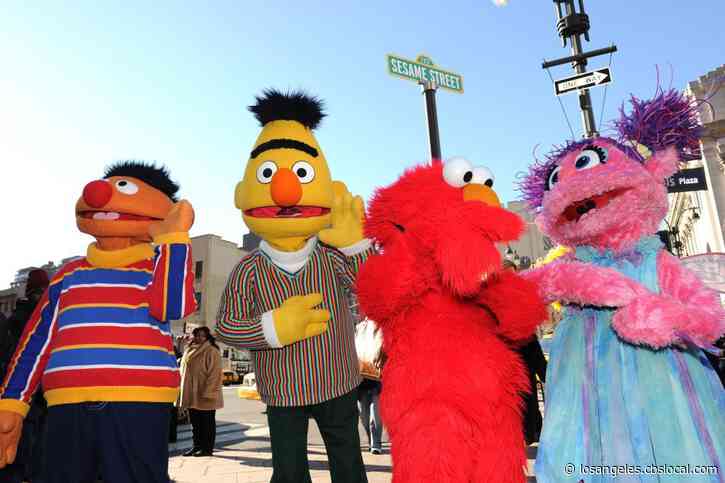
Romper Room taught math, spelling and etiquette. The original, Miss Nancy, became known for holding up the frame of a hand mirror and calling out names of the viewers she could “see” in their homes. The following year saw the launch of Romper Room, which wasn’t just one show but rather a broadcast concept that started in Baltimore and soon spread to dozens of other cities, each with a different host. Ding Dong School was shot with low-angled cameras to simulate the point of view of preschoolers. In my recent Early Learning Nation interview with Henry Louis Gates, Jr., the scholar and television host fondly remembers watching Ding Dong School-which premiered in 1952- and following along as Miss Frances led activities. From the very beginning of the medium, children have been hooked and parents have been concerned: Is my child watching too much? Is it harmful? Could it maybe be a bit beneficial (because I have laundry to fold)?

This whirlwind history traces significant advances in the quest to make educational children’s television and new forms of media an engaging experience-instead of one where the viewers are merely passive recipients. “These now ubiquitous means of communication and learning weren’t even contemplated three decades ago.” Levine, Ph.D., senior vice president of Learning and Impact for Noggin, Nickelodeon’s early learning service.


“Just as stone tools were the technological breakthrough of early humans, today’s kids have digital platforms to access the worlds’ information at their fingertips!” says Michael H. That’s needed now more than ever.” - Michael Levine, Senior Vice President of Learning and Impact, NogginFor parents of young children concerned about screen time, ubiquitous media has long created tension, but the past year has highlighted the potential of high-quality digital programming to keep kids, and their parents, learning and connected even while they’re stuck at home. The legacy of pioneers such as Sesame Street, Fred Rogers and Nickelodeon is that they all promoted a kinder citizenry and a shared future for all children. “But none of this tech power will make our children’s lives better unless it is deployed to strengthen the power of human relationships.


 0 kommentar(er)
0 kommentar(er)
